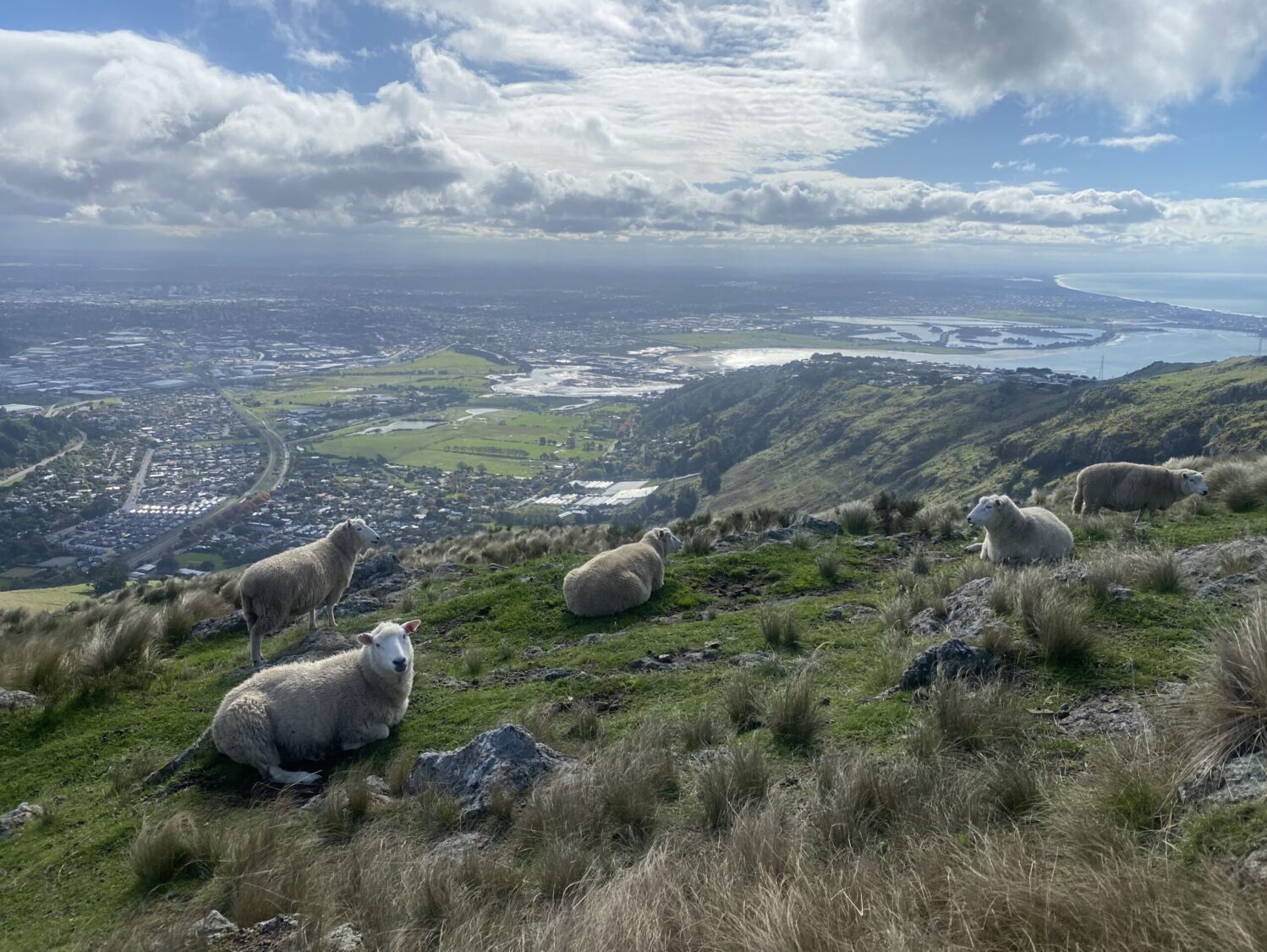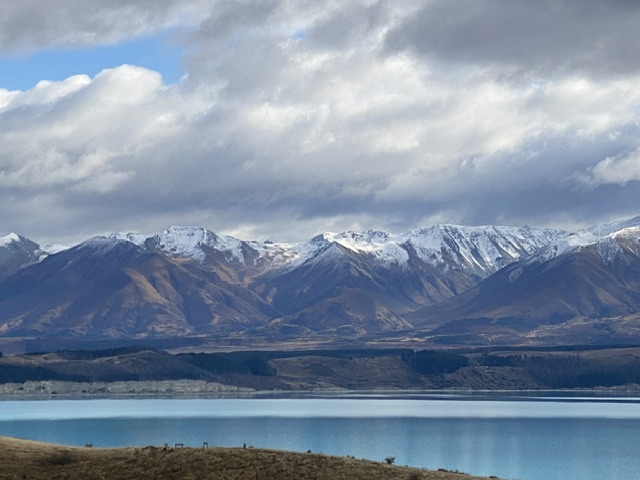Kia ora,
It is the deepest winter here, how funny! Temperatures may drop to below zero at night but they rise quickly to very comfortable plus degrees. Our heaviest winter clothes generally have no use in these conditions. We have learned the art of layering (do not forget that merino layer). Even the local meteorological app gives advise on how many layers you need each day.
The Alps, however, have snowy peaks and south of here in central Otago we got to cross country ski last week. Pure bliss of joy. Feeling like Ronja the Robber’s daughter in the Spring (keväthuuto!) Our fellow Finns up north have escaped to the summery countryside by the lakes and the sea. I feel a remote longing. Then I look outside and see the hills and the greenery and simply want to run up, before I don’t have the change anymore.
The topic of pain has given me some thought. Pain is a subjective experience. Whereas we know that pain is conducted by a multilayer system of chemical and neural signals, the cultural aspect of pain certainly creates a fashinating layer on top. The expression of pain varies. There are those to whom pain at any level is a signal to slow down, get help and not allow basically anyone to touch (which in turn sometimes makes examining patients difficult and results i.e. in excess imaging). On the other end of spectrum there are those that even during the most life threathening of pains, like chest pain due to the ischemia in the heart muscle (heart attack), stick to their learned behavior of not expressing it. The latter is quite familiar from back home. The variations of expression are greater here in NZ as the patient population is more multicultural than in Finland. I am learning to read the signs. Of course there are individual, probably even gender related differencies in the expression of pain, but cultural straits seem to guide us strongly.
One of the first, yet pharmacologically suddle, differencies in ED practices between Christchurch hospital and the hospitals I have worked in in Finland is the use of anaelgesia. The general pain management steps are in use in both countries; start with paracetamol and NSAID’s, ibuprofen mainly, and then progress through weaker opiods to stronger if needed, but the speed at which the steps are taken is faster here. The advancement to opioids is quick and per oral morphine is way more readily used than in Finland. We use more oxycodone instead, but not as readily as the custom here is for opioids in general. On the other hand, up north in Finland our custom dose of ibuprofen is 600mgs whereas here it is 400mgs or even just 200mgs. Also, antiemetics are certainly more used here than in Finland. Ondansetron works well indeed in my experience. My thinking of acute pain medication has changed to a more relaxed direction. Practically all (bed) patients are monitored here so you get to follow reactions to i.e. pain meds quite safely.
Having the focus on patients’ comfort and pain management is partially a value choice, but I still struggle with some consepts like managing headache with weak opioids (codeine, even morphine) having profoundly been taught that that is no appropriate. I find myself quite intrigued by the consept of pain management, namely acute pain management. I want to relieve pain but not sedate the patient so they are unable to function when the time of discharge is at hand, a delicate balance.
Touching the topic of pain management, the procedural sedations for adults and kids alike in the ED here are handled naturally by ED seniors or trainees, registrars under supervision. There is no need for an anaesthetist to pop in and do them. This is the way we are approaching in the Finnish ED’s. I have to give credit to the pioneer emergency medicine seniors in some of the smaller hospitals for having driven new practices in. It is an essential skill for an ED doc to be able to handle pain, sedations and peripheral neural blocks quickly when needed. I have long had the trust of my bosses back in Finland to do sedations based on my decent background in anaeshesiology. Here I have only done a few, but I value the experience of seeing these fluent practices every day. Hopefully I can reinforce the same in Finland.
I aim to sooth my personal discomforts and pains alike by movement, outdoors and nature, and sure enough sometimes with paracetamol and ibuprofene. Many of the aches disappear when the body starts to move and mind literally follows even though training itself causes bodily sensations, aches. Being in awe of nature is a wonderful feeling to counteract the stresses of middle aged life. This country certainly offers views any direction you look. But so does Finland. I have always loved Finnish countryside, snow, forest, waters and calmness. Our NZ experience has created an even stronger urge to explore home territory into depth. Can I become a wilderness guide? Or research biology in the future? Or participate an expedition as a doctor at least? Oh, this endless curiosity!
I chose a picture from lake Pukaki in Canterbury less than a week ago to accompany this letter. We walked a 3,5 km track with the kids to break down a long drive back home from Otago. And what a choice of views we got! Mountains across the lake, plains and hills the other way. Had to take many breaks and snacks with the little ones but they are good walkers. Hopefully they’ll keep good memories of these landscapes forever.
Ngā mihi again,
Reetta

